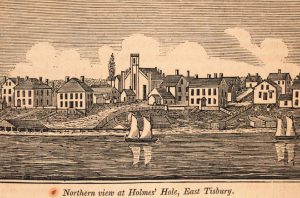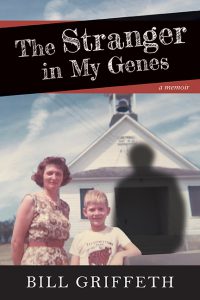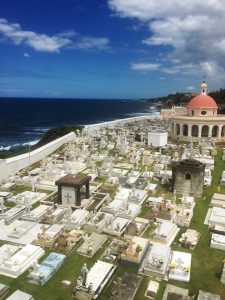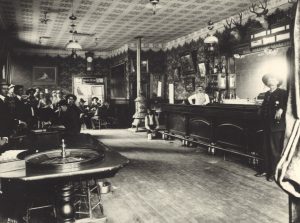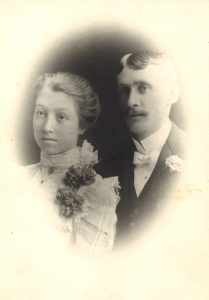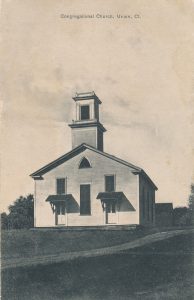 I recently re-read “Deaths by Lightning in Early New England,” an article written by former NEHGS staff member Julie Helen Otto for New England Ancestors, the predecessor publication to American Ancestors. My interest was spurred by my great-grandmother’s “Genealogical Journal.” In it was a tragic story of death by lightning of one of her ancestors.
I recently re-read “Deaths by Lightning in Early New England,” an article written by former NEHGS staff member Julie Helen Otto for New England Ancestors, the predecessor publication to American Ancestors. My interest was spurred by my great-grandmother’s “Genealogical Journal.” In it was a tragic story of death by lightning of one of her ancestors.
My great-grandmother, Maude Bell Plowman, was an inveterate diarist and journal-keeper. Her diaries cover everyday life, while her journal captures material she copied from family bibles, county histories, or that she learned from corresponding with relatives. Unfortunately, almost none of her copious materials include citations or indication of provenance. Continue reading Death by lightning
